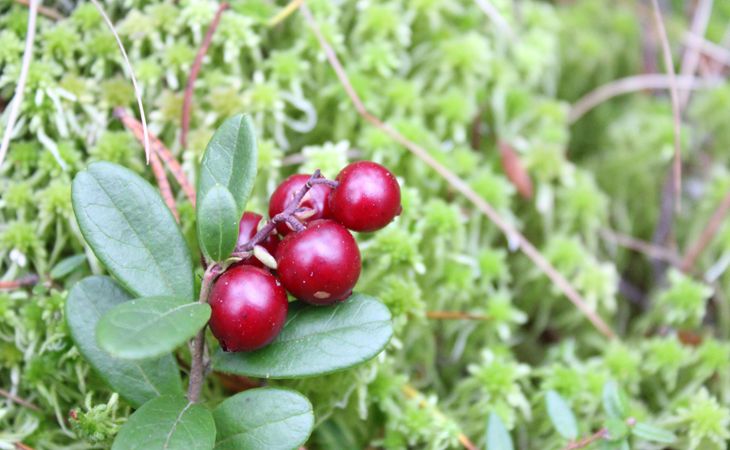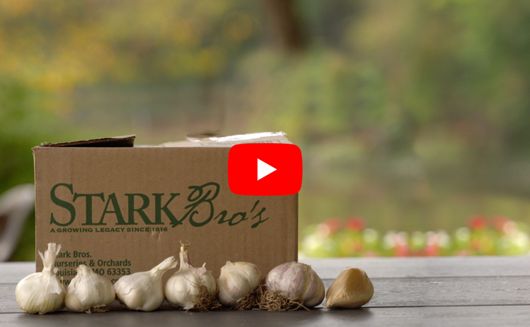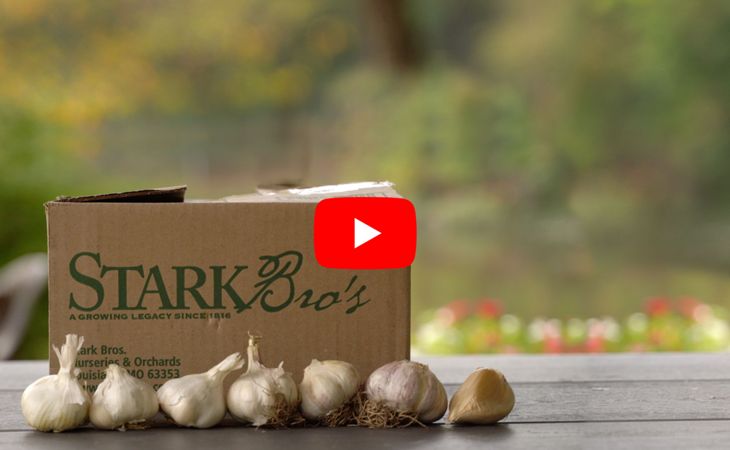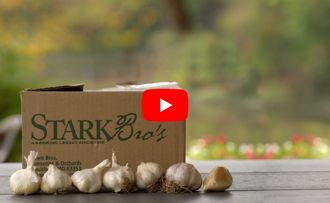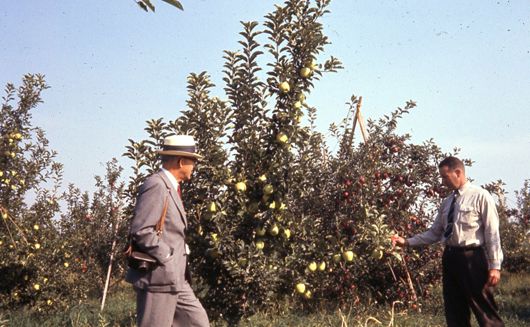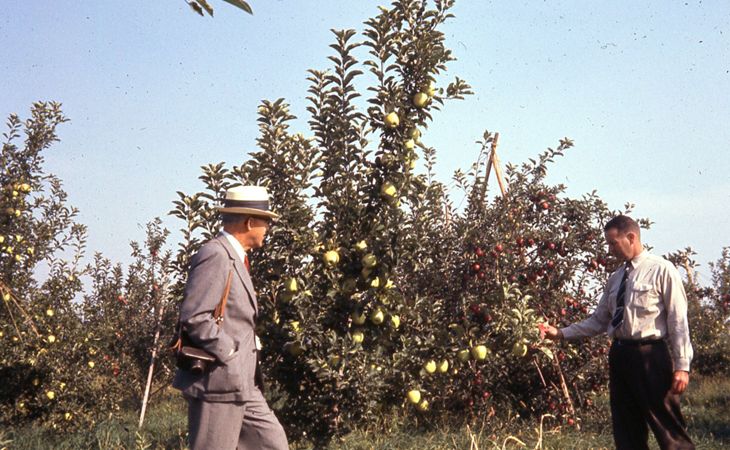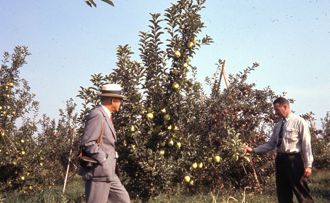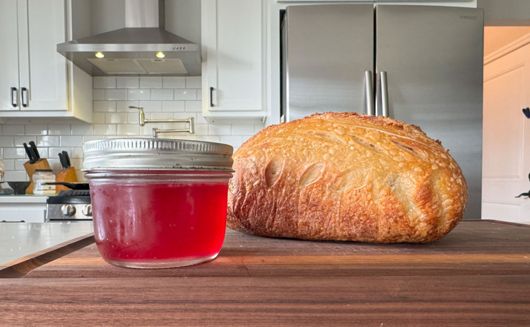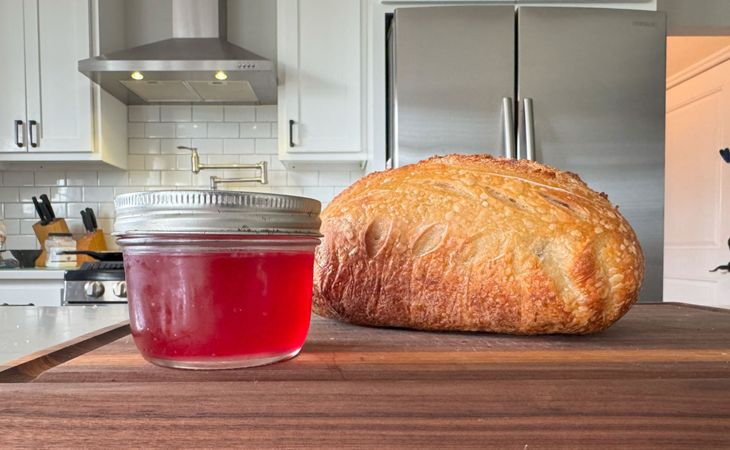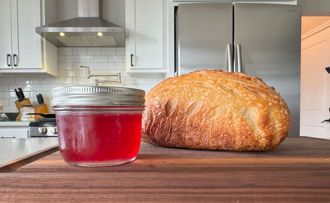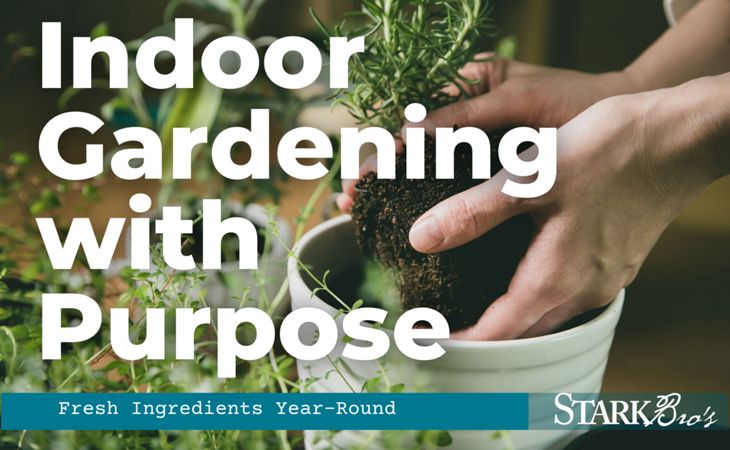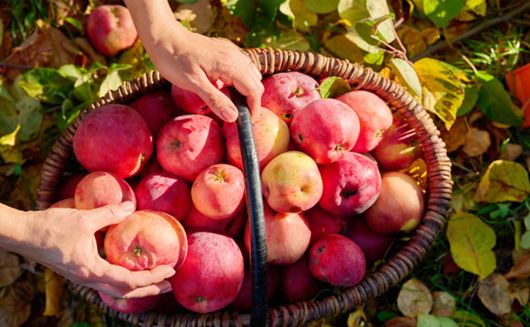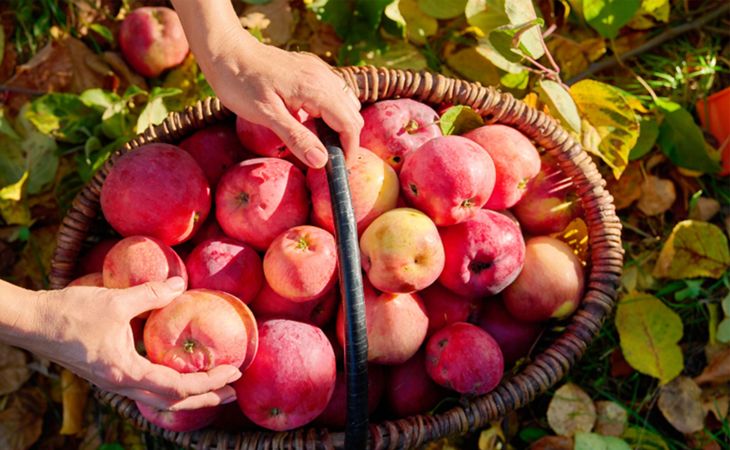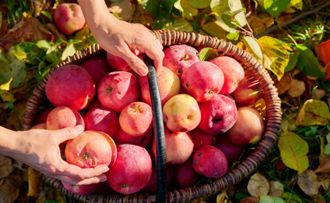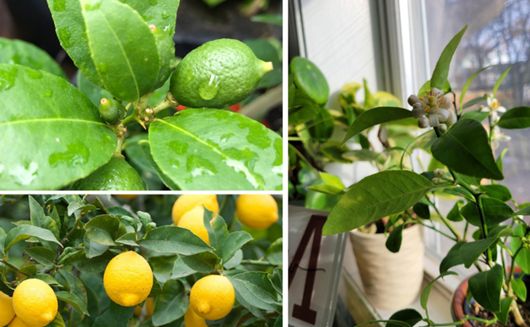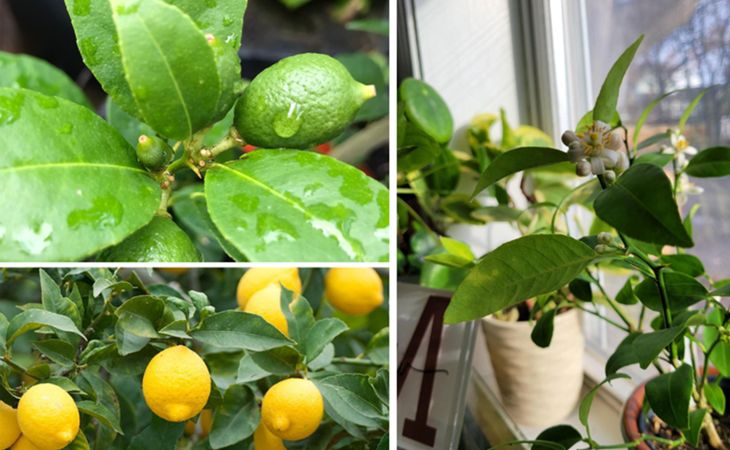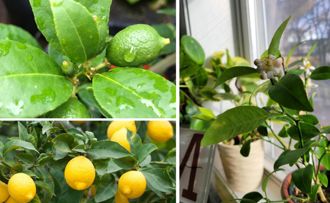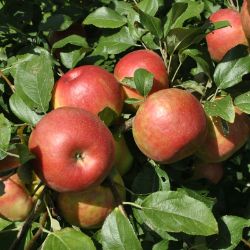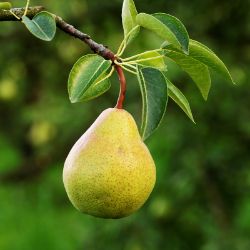Edible Landscapes: Lingonberries

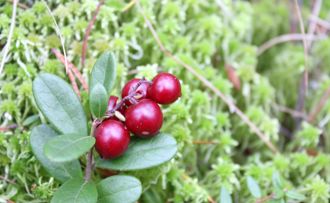

City girl that I am, I’ve known about lingonberries for quite some time thanks to the Swedish company IKEA. There, you can buy the berry in every form imaginable—lingonberry concentrate, soda, jelly, jam, and more… so I don’t have to tell you they are delicious!
What are Lingonberries?
The lingonberry plant (Vaccinium vitis-idaea) is a hardy, perennial evergreen ground cover shrub that grows to about 12–18 inches tall. It’s native to the forests of Northern Europe, North America, and Canada, where it thrives in cooler climates.
Lingonberry plants bloom twice per year—once in spring and again in late summer—with delicate bell-shaped white to pale pink flowers. These blooms are small but striking, attracting pollinators and signaling the start of two separate fruiting periods.
The berries are about the size of wild blueberries and resemble cranberries in both flavor and appearance. They start green and gradually turn a vibrant red when ripe. In Zone 5, you can expect your first harvest in mid-August and a second in mid-October, thanks to the plant’s two bloom cycles.
How to grow Lingonberries
Lingonberries are surprisingly easy to grow, especially in cooler climates. Here’s what they need to thrive:
- Soil: Acidic, well-drained soil is key (pH between 4.5 and 5.5 is ideal)
- Sunlight: Full sun is best for fruiting, though plants tolerate partial shade
- Watering: Keep soil consistently moist, but not soggy
- Cold Hardiness: Excellent for northern gardens — hardy down to Zone 2
Expect fruit within 1–2 years after planting. Lingonberries, like the Koralle Lingonberry variety, are self-fertile, so you don’t need multiple plants for pollination, though a few together may boost your yield.
Their small size makes lingonberries versatile for landscaping, including:
- Container gardening or window boxes
- Low-growing borders instead of boxwoods or dwarf conifers
- Ground cover alternatives to vincas or sedum
- Companion planting with blueberries, azaleas, or rhododendrons
Uses for Lingonberries
You can use lingonberries in place of blueberries or cranberries in nearly any recipe. They have a tart-sweet flavor that complements both sweet and savory dishes. Some of the most popular uses include:
- Juices and syrups
- Jams, jellies, and preserves
- Holiday sauces and glazes for pork, turkey, and lamb
- Baked goods like muffins, tarts, and scones
- Homemade wine and liqueurs
Thanks to their high level of benzoic acid, lingonberries have a long shelf life when refrigerated. They're also nutritionally impressive, offering:
- Vitamins A, B & C
- Powerful antioxidants
- Natural compounds shown to support heart and immune health
For me and my family, the joy of gardening is found in the healthy varieties of fruits and vegetables we are able to grow in our edible landscape—and lingonberries have been a delightful and unexpected favorite.
Guest Author, Patti Moreno, the Garden Girl
Grow Your Own!
- Article Categories:
- Product Features

